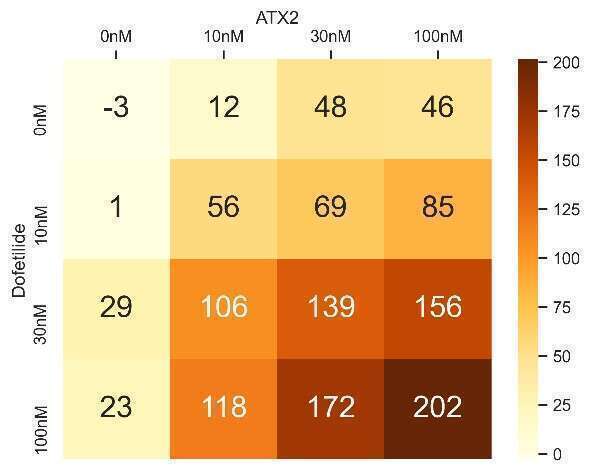
Drug compounds screening and arrhythmias detection using human induced pluripotent stem cell-derived cardiac tissues
2Cardiolology Department, Rambam Health Care Campus, Israel
Introduction
Drug-induced QT prolongation, which may lead to malignant arrhythmias, is the leading cause for withdrawal from the market of already approved drugs. Multiple studies aim to assess the cardiac toxicity of single drugs. Yet, assessment of toxicity and therapeutic potential of drug combinations, especially in human cardiomyocyte models, is not thoroughly investigated. In this project, we develop a novel electrophysiological characterization system of human-induced pluripotent stem cells (hiPSC) derived cardiac tissues for drug compounds testing applications.
Materials and Methods
Healthy-control hIPSCs were differentiated into cardiomyocytes and used to generate large-scale hiPSC-derived cardiac cell-sheets (hiPSC-CCSs), which were seeded in 24 multi-well plate. Following loading hiPSC-CCSs with voltage-sensitive dyes, they were optically mapped using a macroscope and a high-speed EM-CCD. hiPSC-CCSs were then treated with different drug compounds consisting of increasing concentrations of two chosen drugs. Optical signals were filtered, and parameters such as conduction velocity (CV) and action potential duration (APD) were extracted.
Results and discussion
ATX2 (late sodium current activator) and Dofetilide (IKr blocker) were chosen as representative APD prolonging reagents. Interestingly, the drugs combined effect on prolonging APD was more significant than the cumulative effect of each drug alone. Moreover, the effect of drugs compound was more significant than the effect of a single drug used in a higher concentration. (Figure 1).
Figure 1: Percentage of change in APD80 per treatment.
Finally, a novel arrhythmia detection algorithm and software were developed and optimized to detect drug-induced arrhythmia development in the hiPSC-CCSs, such as early-after-depolarizations (EADs) and reentrant activity (rotors).
Conclusion
The described approach detects electrophysiological changes induced by drug combinations such as the synergetic effect between ATX2 and Dofetilide. These results suggest a potential treatment in which a combination of two drugs, each one in small concentration, will be used instead of a single, highly concentrated drug.
Powered by Eventact EMS